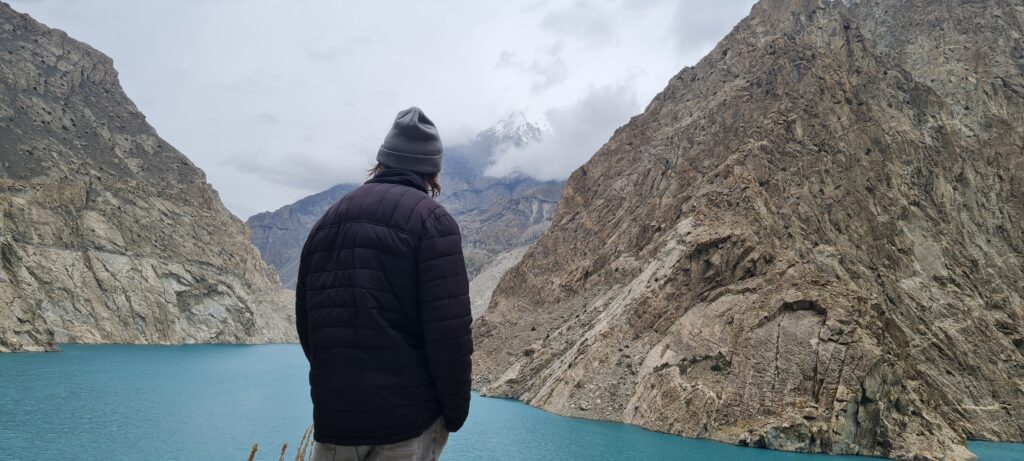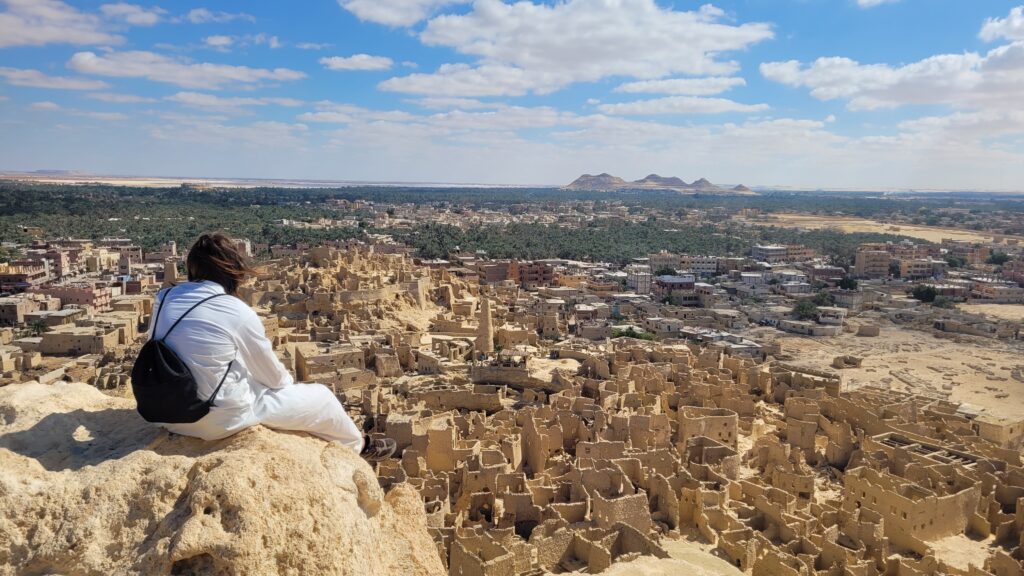How To Visit Siwa in 2025 - An Ultimate Guide
- Alexander
- No Comments
How To Visit Siwa in 2025 – The Ultimate Guide To North Africa’s Hidden Oasis
I’ve been looking forward to writing about Siwa for quite some time now. This Oasis is most likely my favourite spot in all of northern Africa. And for good reason. Here you’ll find everything you could imagine about an african Oasis. In its center stands a centuries-old fortress from the Berber era, sorrounded by thousands of green palm trees, sand-colored houses, as well as crystal blue salt lakes.
Yet despite Egypt’s popularity as a tourist destination, Siwa is still far off the mainstream travel trail. The scams, aggressive vendors, and tourist hustle you often find in the cities are nearly non-existent here. People tend to be genuinely warm and welcoming.
In this guide, I want to introduce you to Siwa, my favorite oasis in Africa, and help you plan your trip in 2025, from how to get there to what to see and do once you arrive.

Travelling through Egypt? Check out:
Table of Contents
📜 Quick History of Siwa Oasis
Siwa has been inhabited for thousands of years and was once an important stop for traders crossing the western Desert, linking the Mediterranean with deeper parts of Africa.
Culturally, Siwa is very different from the rest of Egypt. Its people speak their own Berber dialect and have their own traditions, giving the oasis a unique identity. In ancient times, Siwa was famous for the Oracle of Amun, which even Alexander the Great visited in 331 BCE to confirm himself as a divine ruler. The place absorbed influences from Ancient Egypt, Greece, Roman rule, and later Islamic culture, creating a very unique blend.
Over the centuries, Siwa stayed fairly isolated, helping preserve its local culture, architecture, and lifestyle. Just recently Siwa gained more popularity due to Social Media and its blue Salt Lakes. Yet it still remains more of a hidden gem, thanks to the Oasis’ more isolating location.

🚕 How to get To Siwa
Thanks to Egypt’s strong infrastructure it’s not that hard to get here, yet takes quite some time.
From both Alexandria and Cairo you can book a seat in a shared minivan or bus starting from 19$. I’d recommend using the App Bookaway as its prices are fixed and you won’t get scammed at the ticket counter.
The drive takes 8 hours on paper but realistically it takes between 10 and 12 hours to get from Cairo to Siwa. The trip normally goes over night and you will face around 10 checkpoints and passport controls. Just before entering Siwa there is another Military Checkpoint just where everyone bags are being checked and passengers have to exit the vehicle. This is because Siwa lies close to Libya and sits along common smuggling routes.
The bus starts in Cairo on a parking spot under a bridge. I marked the place here.
In Siwa the bus goes back from the Main Square. The exact position I marked here.

💡 You will make one stop in the area around Marsa Matruh to fuel up the vehicle. This will be your last chance to get a drink or use the toilet before the drive continues for another 5 hours.

🌴 What to do in Siwa
For such a small town there is an insane amount of things to do here. With the amount of history this place has, this comes as no surprise though.
🏰 Shali Fortress
If you are lucky you arrive in Siwa during Sunrise. The Main Square is located just next to the fortress, so after departing the bus you can reach it within just 5 minutes.
This ancient mud-brick citadel was built in the 13th century by the Berbers to protect themselves from desert raids and sandstorms. Its labyrinth of crumbling walls and towers was made entirely from a material called karshef, a mix of salt and mud that has been used for centuries in Siwa’s architecture.
Unfortunately, Shali Fortress was badly damaged not too long ago by heavy rainfall. Crazy to think about, that this fortress held against armies and sandstorms only to be partially destroyed by a rainstorm centuries later.

🏝️ The Salt Lakes of Siwa
There actually is a chance you saw these lakes before on Social Media, yet didn’t know they are part of Siwa Oasis. These crystal-clear pools are scattered just outside the oasis and you’ll need to hire a TukTuk Driver to get you here and wait for you before going back again.
The lakes are acutally sorrunded by excavators and other construction equipment. Locals are harvesting salt from the ground here, as Siwa lies around 19 meters below sea level and the surrounding earth is packed with salt. Over time, the pits left behind from salt extraction naturally fill with water, creating these stunning lakes. Thanks to their high salt content, you can float in them effortlessly, just like in Jordan’s Dead Sea.



🏊 Cleopatra’s Pool
On the way back from the Salt Lakes you can ask your driver to take another stop at Cleopatra’s Pool, also known as Ain Juba. Legend claims that Cleopatra herself once bathed here, though historians can’t fully confirm it. Either way, the spring has been flowing for centuries and is a popular place locals. You will see many teenagers and adults going for a swim here. Even though rural Egypt tends to be more conservative, I even saw a few women swimming here in bikinis, though they were definitely a minority. Like most places in Siwa, there’s no entrance fee.


🪦 Al-Mawta Mountain
Al-Mawta Mountain is a large tomb complex carved into a hill, containing several rock-cut tombs dating back over 2,000 years. These tombs showcase a unique blend of Egyptian, Greek, and Roman influences. You can see these cultural layers in the tomb wall paintings, where Greek and Egyptian gods are even depicted interacting with each other.
While the tombs aren’t as grand as those in Luxor or Aswan you will have the entire site to yourself. There was nobody else around and one of the guards even gave me a private tour around the tombs for free.


🏖️ Fatnas
Fatnas Island is one of the best sunset spots in all of Siwa. You can relax right next to the Siwa Lake while drinking tea and making some local friends.


⛺ Camp In Siwa’s Desert
As you might expect in such a remote region, there is absolutely zero light pollution — making Siwa one of the best stargazing destinations in Egypt. You can rent a tent, mattress, and blankets from one of Siwa’s guesthouses to sleep under one of the most spectacular night skies you’ll ever see.
For around €9 per person, you can get camping equipment and hire a tuk-tuk driver to take you to a safe and beautiful spot in the desert. With a small extra tip, they can even bring firewood and tea so you can make a campfire before sleeping under the stars.
Cafour House Siwa is one recommended guesthouse that offers this service.
Alternatively here is the Contact of the TukTuk Driver who helped me set up camp in Siwa.
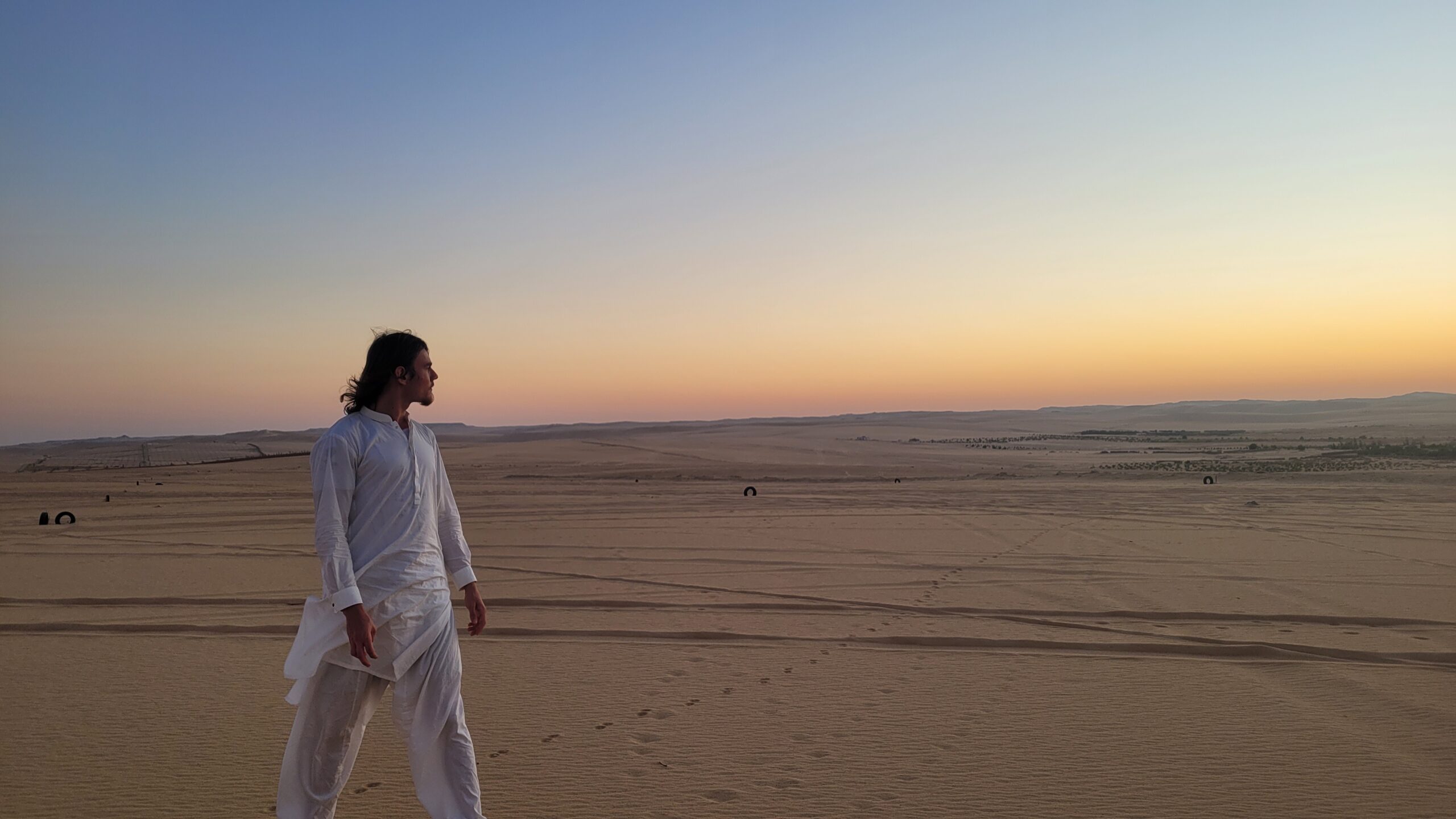
🏜️ Do A 4×4 Tour Through Siwa’s Desert
While this is the only pricey activity in this list surfing the dunes of Siwa’s desert is a unique experience. For a 6-hour tour including sandboarding, the 4×4 ride, and dinner, I paid around €50. You can easily arrange this with one of the local guesthouses when you arrive.

🏛️ Temple of Umm Ubayd & Temple of Amun
The Temple of Umm Ubayd (sometimes called the Temple of Oracle) is particularly famous because Alexander the Great is believed to have come here to consult the oracle and confirm his divine status as the son of Zeus-Ammon. Though much of the structure is now in ruins, you can still see parts of the stone foundations and imagine how powerful this place once was.
Nearby you’ll find the Temple of Amun, dating back to the 6th century BC, dedicated to the powerful Egyptian god Amun. The temple is in a fragile condition, but the remaining walls still carry hieroglyphs and inscriptions.

🛏️ Where to stay in Siwa
You can find local Guesthouses starting from 5€ a night. Most places are marked on Airbnb and Google Maps. However know that there are no hotels here but traditional mud-brick style huts, which offer simple but comfortable rooms with basic amenities. Most guesthouses even have a small pool and a sand terrace with some chairs and hammocks.
Many guesthouses also arrange local tours, desert camping, and transport, making it easy to explore the area without stress. Since Siwa is quite small, wherever you stay, you’ll be within walking distance of the main sites, markets, and cafes.
I personally stayed in Cafour House Siwa for 15€ a night for 2 persons. Alternativelly I can also recommend Hayaat Siwa for 18€ a night.
💡 While most people come here only for 2 nights I can recommend spending some more days here. Even though it’s a smaller town you can easily spend up to a week here.

😊 Hospitality in Siwa
While Cairo and Luxor are full of scammers and you are often seen as a walking wallet, in Siwa people act different. They welcome the few tourists they get and not once someone tried to rip me off or gave me unrealistic prices. Locals are usually happy to help, give you directions, or even invite you for tea.
A TukTuk Driver even insisted on giving his Shawarma to me and my friend as we hadn’t eaten that day and also gifted us some sunflower seets later on.


🛺 How to move around Siwa
TukTuks are the main way to get around Siwa, and they’re easy to find anywhere in the oasis. You can even hire a driver for half a day to visit several spots, like the Salt Lakes, Fatnas Island, and Cleopatra’s Pool, with the driver waiting for you at each place. I paid about 15 € for a half-day hire.

More on Egypt

How to visit Aswan in 2025
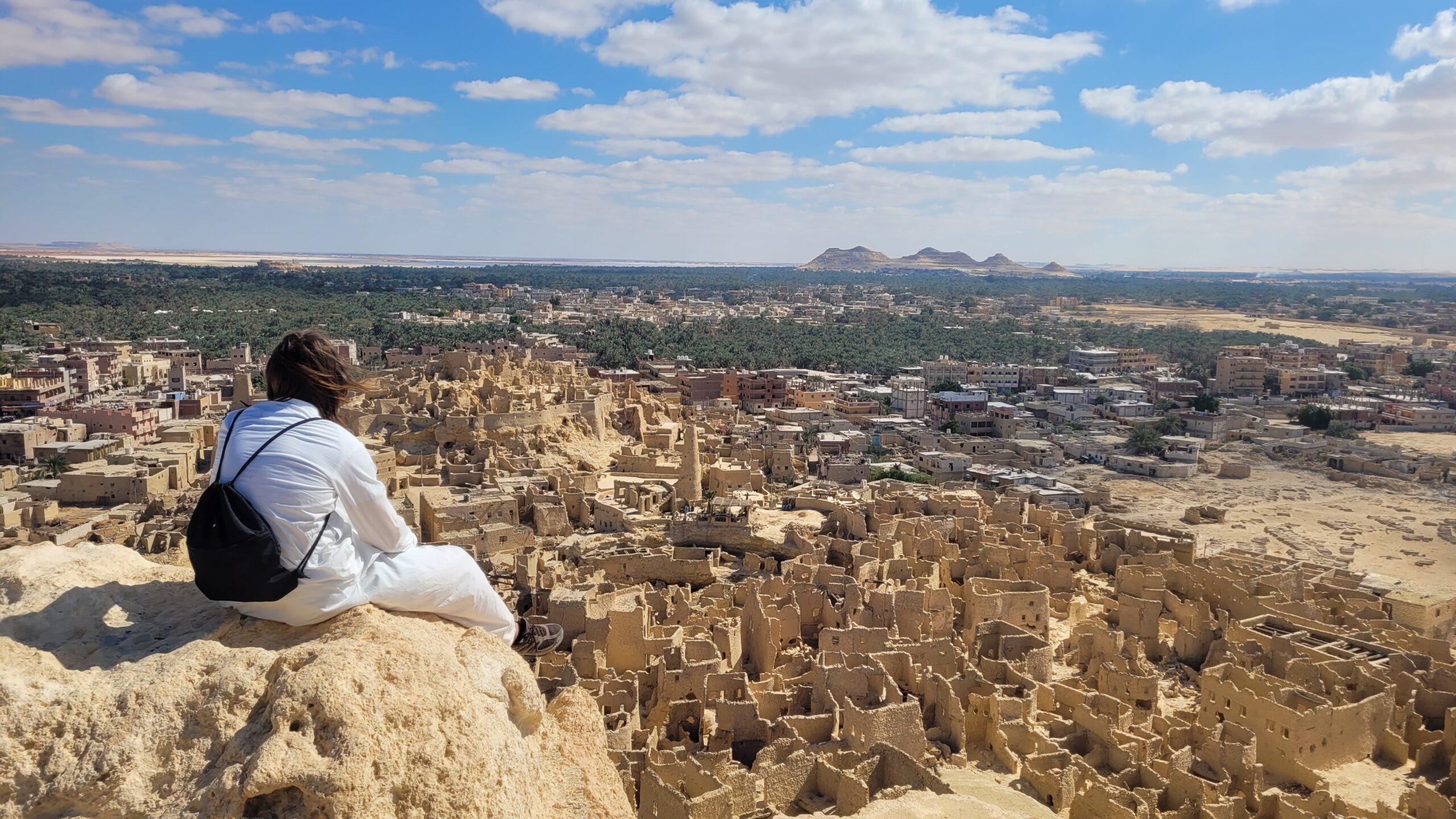
How To Visit Siwa in 2025 – An Ultimate Guide
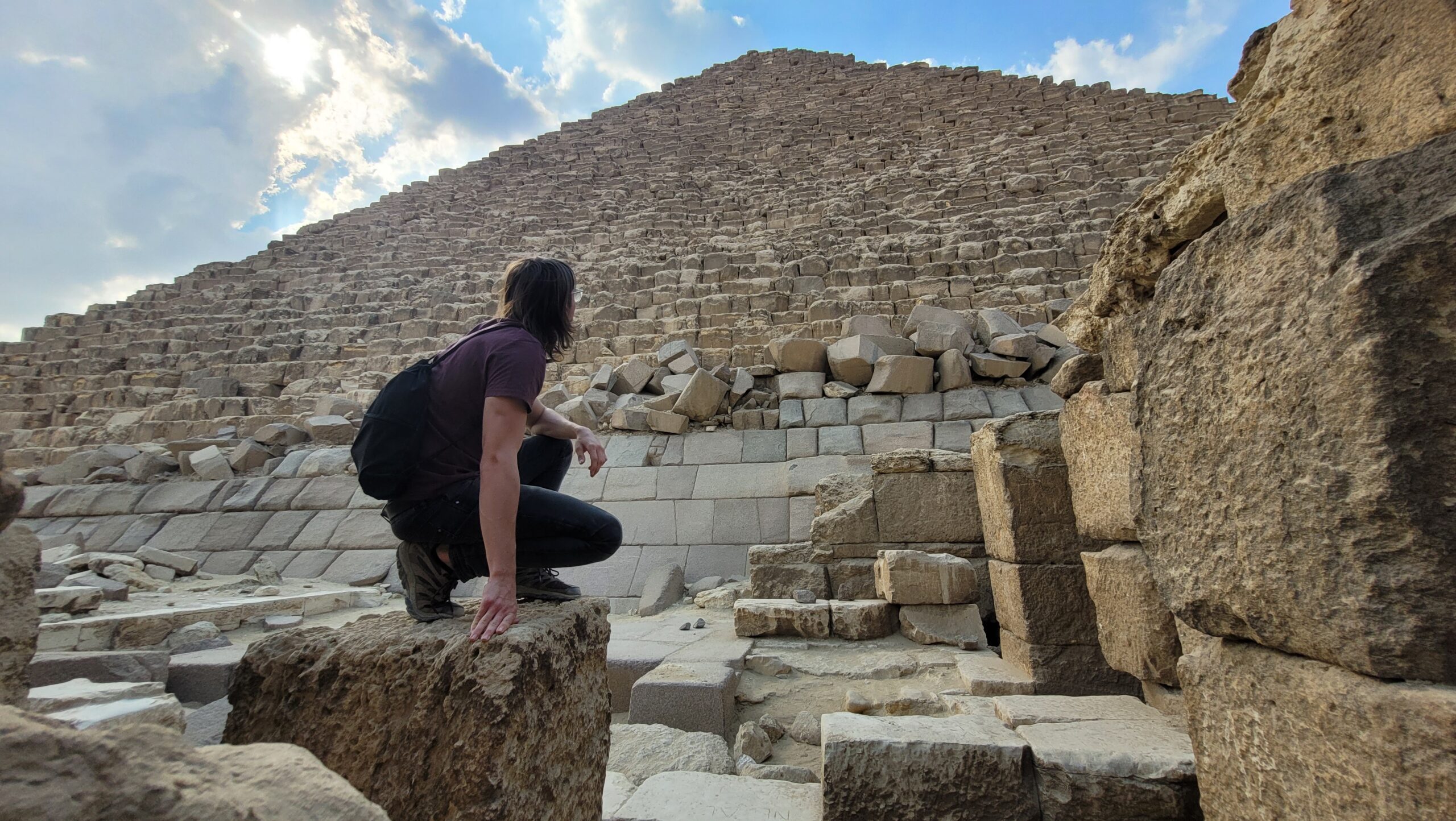
Is Egypt Safe To Travel In 2025

How to visit Egypt in 2025
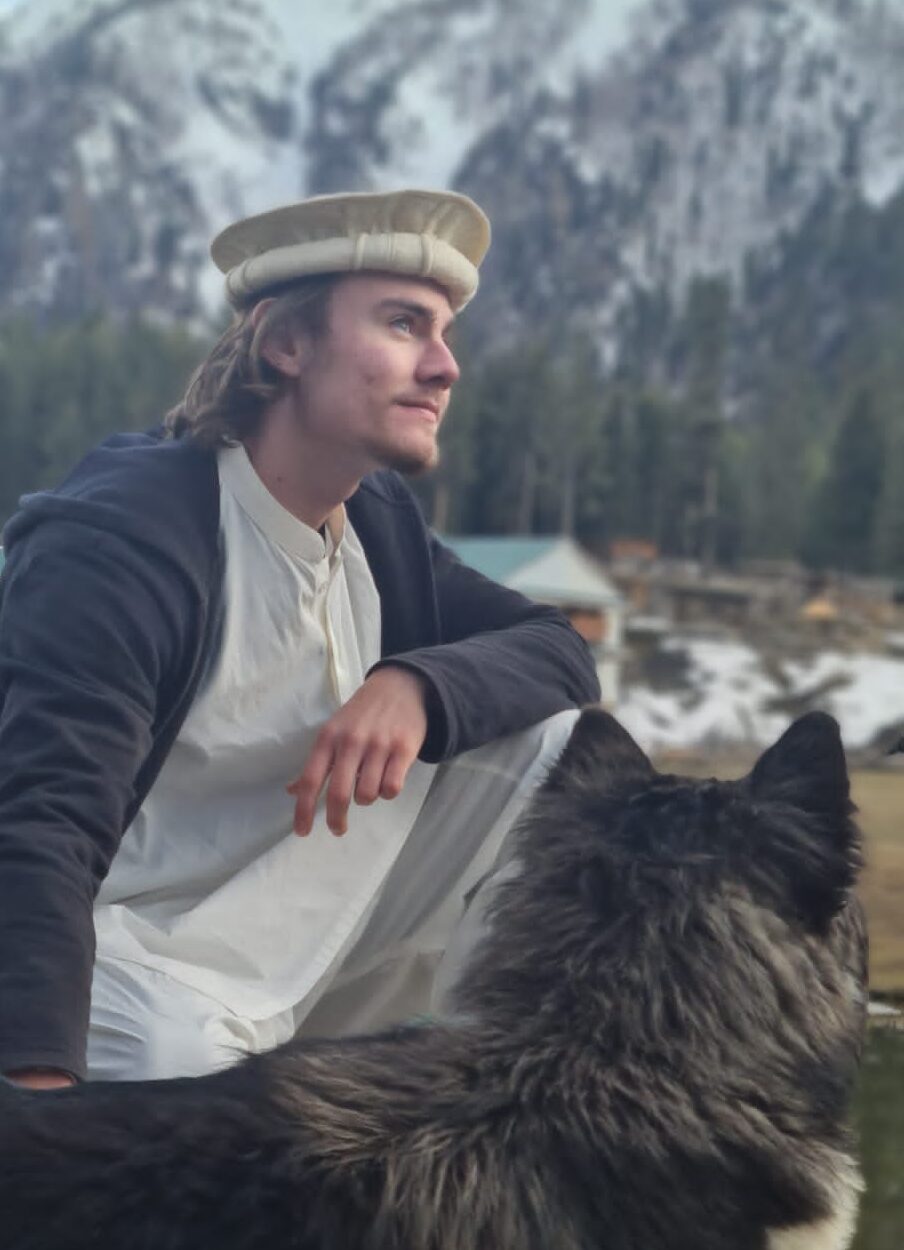
Alex
Welcome off the beaten path!
I’m Alex, a 23 year old traveler who loves to explore the corners of the world, that still seem to be untouched. In this Blog I want to share my experiences with you.

